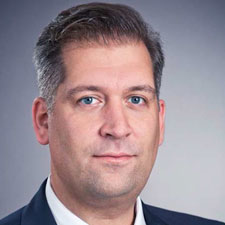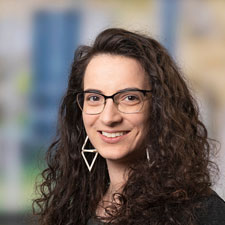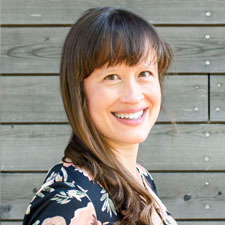IMPORTANT!
The server will be offline for a scheduled maintenance from Friday 28th of March 18:00 GMT+1 until Monday 31th of March 00:01 GMT+1. We are sorry for the inconvenience!

Geovania – a learning environment for students
Geovania is a learning platform that gives students first-hand experience with the challenges and opportunities associated with the transition to renewable energy. The main feature is a hypothetical continent consisting of four very different countries. Finding a common strategy for the entire continent is difficult as every country is facing different challenges. However, with each round the pressure to find a way towards a carbon-neutral economy increases.


Geovania manuals
These manuals are designed to provide the facilitators of the “Geopolitics of Renewable Energy” simulation-game with background information on international cooperation for the energy transition, reasons why you might want to use the game in your teaching, guidelines for running the simulation, and tips we learned during various tests.
You may download the manuals in PDF format by clicking on the button below:



Around the year 2015, a handful of scholars started to explore the impact of renewables on interstate energy relations. Later, publications by Stratfor and The Economist have given the topic of the ‘geopolitics of renewables’ international recognition. A 2019 report by the International Renewables Energy Agency was another watershed moment. Since then, this field has been growing rapidly. For making the geopolitics of renewables accessible to students, the University of Stavanger obtained a ca. 260,000 EUR financial grant from the Erasmus+ programme for developing a new learning tool. Work began in March 2021 in collaboration with Ghent University, Delft University of Technology and the Technical University of Munich.
Geovania is the result of this project. In response to the increased need for digital solutions caused by the COVID-19 pandemic, this project aimed at developing a digital learning environment. This web-based tool simulates the ‘geopolitics of renewables’, thereby providing university students worldwide with an opportunity to experience the international challenges and opportunities involved with the transition to renewable energy. Students will be required to choose different roles in a number of fictional countries and negotiate various courses of action with their peers at other universities. The aim of this simulation is to come to an international agreement that will help avoid climate change.







Others:
Thijs Van de Graaf
Daniel Scholten
Miranda Schreurs
Ivo Bouwmans
Hermine Van Coppenolle
Nathaniel George Brown (Website development)
NETTOP-UIS (Website development and videoproduction)

I really enjoyed the session at Haven. The game was very compelling, and I think everyone involved felt super exited and invested. We had a lot of questions about the game when we wanted to start. After we were done playing, I started thinking how the game could be used. We are currently working on building cities (cities skylines). Your game takes this to the next level where you have to collaborate with other cities. Thank you for a very fun day.
Student
The simulation game was very interesting both in the way of how the game was set up, options for trading energy, food, technology and money, and also the negotiation part that showed us how each country wants to first secure their own people with energy and food before setting the international needs and environmental issues on the agenda. A lot of room for discussion afterwards, both political and ethical questions.
Student
The simulation is game is a fun one. It provides insights and enables students to catch a glimpse of how geopolitical dynamics happen in the real-world setting. I will encourage every student to participate when given the opportunity.
Teacher

